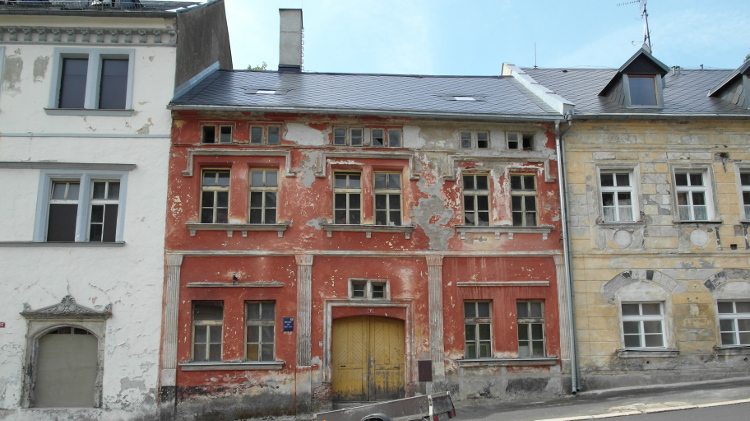John Conrad built the Venus mill in 1908 on Tagish Lake as part of his operations. Ore from his Venus mine was carried along Conrad's state-of-the-art tramway to this mill where it was processed and then shipped to the railway at Carcross. Anthony DeLorenzo/Flickr
The history of Yukon is dominated by the Klondike, a time when anyone could make it big but few did. Within several years, however, gold was discovered in Nome. This prompted a new stampede to Alaska, leaving Yukon to slip into economic depression. There was still wealth hidden in the hills, however. All that was needed was another big find – or perhaps just a wealthy American entrepreneur – to revitalize the optimistic spirit of the gold rush.
John Conrad arrived in Yukon with big plans, big ideas and deep pockets. Over the next few years, he arguably kept the Yukon economy afloat singlehandedly, investing nearly $1 million (roughly $23.5 million today) into a series of silver mines at Tagish Lake near Carcross, just north of the B.C. border. Like any good entrepreneur, Conrad named a town site after himself, and for a time Conrad City held potential to replace Dawson City as the territory’s capital – or at least that is what Conrad was known to boast.
Conrad was born in 1855 to an aristocratic family on their Virginia plantation. He was one of 17 children. After the Civil War ruined the family’s wealth, 15-year-old Conrad left for Montana to join his two eldest brothers, who had set up a trading post. The Conrad brothers did well in the Wild West and built up a new fortune through cattle ranching, real estate, shipping, banking and mining.
Soon the younger Conrad struck out on his own, setting up a series of trading posts on the wagon trail between Fort Benton, Montana, and Calgary and investing in coal mines and cattle ranching. Before long he was one of the biggest cattlemen in Montana. Conrad had a knack for success and was good at showing it off. The bigger the business venture, the better it was. He hobnobbed with army generals, Hudson’s Bay Company officials and railway magnates.
Then an economic recession came in 1893, which hit Conrad hard. But he could not be bothered with defeat. He packed up and headed north to Alaska. Gold fever had taken the continent by storm, and Conrad planned to arrive in a similar fashion. He did well, capitalizing on gold strikes all across the state. By the time word reached him of a silver-gold-lead find near Carcross, he had amassed enough wealth not only to invest in the site but to finance an entire mine.
Conrad arrived in 1903 and began pouring money into the site. He consolidated his claims in January 1905 under two self-financed mining companies. The next order of business was to figure out how to get the ore, which was high up the mountainside, down to the lakeshore.
Conrad travelled to Seattle and purchased an aerial tramway system for nearly $80,000. It was an incredible expense for the day, but Conrad was known for his extravagance. His tramway would rise more than a kilometre above Tagish Lake and extend for 7.5 kilometres along the slopes of Montana Mountain to transport ore from the mine to the terminal by the lake. At the time it was the most extensive tramway in the world.
As the tramway iron began arriving by the ton, Conrad’s men started to work the three main veins – Venus, Montana and Big Thing – while others constructed the mine camp.
By the next season, Conrad was employing more than 500 men and Conrad City was growing into a bustling town site complete with six hotels, shops and twice-weekly steamboat service to Carcross. By 1909 there were 3,000 residents. The mines were busy and the tramway was working like a charm. An adoring local paper dubbed him “Colonel Conrad.”
But Yukon’s history is one of boom and bust. Much of Montana Mountain’s ore was of lower grade than expected and the deposits were less extensive. Then there were the transportation costs. Conrad took the White Pass railway to court for charging five times the rate of any other railway on the continent. The legal battle took years and Conrad lost in the end.
With the mines in financial trouble and the price of silver in decline, Conrad called it quits and, in 1912, left Yukon for good. Much of Conrad City’s infrastructure was shipped to Carcross, which was still rebuilding after a major fire in 1909. Today the iron gridwork of Conrad’s aerial tramway still lines the mountain above his namesake ghost town.




